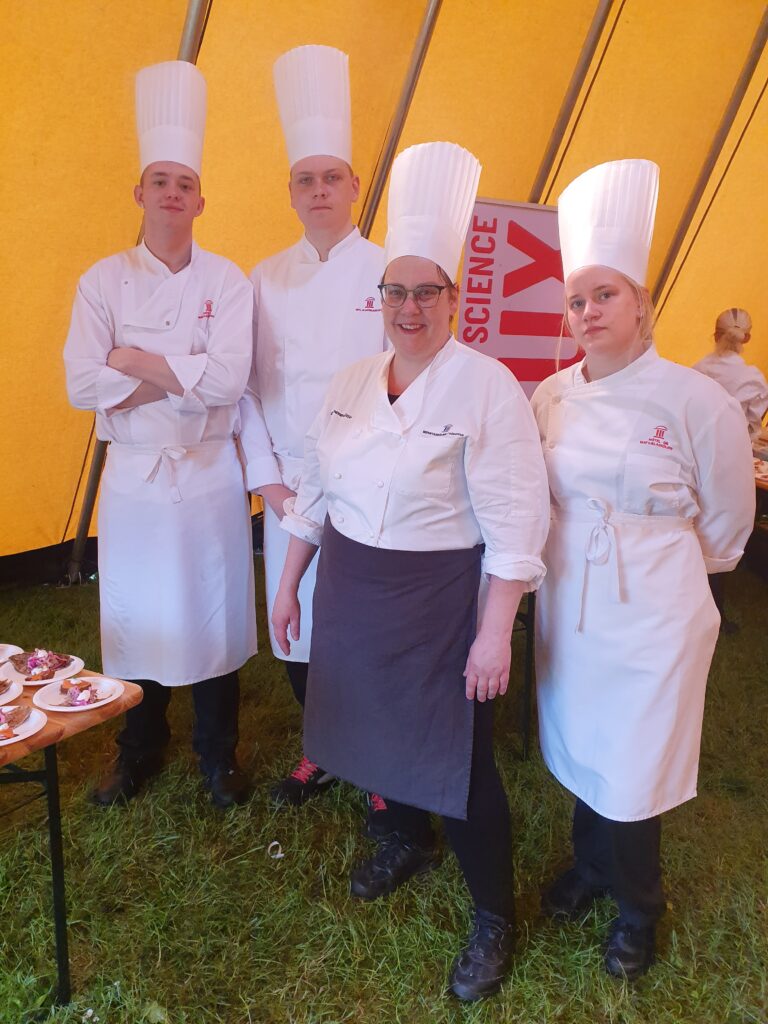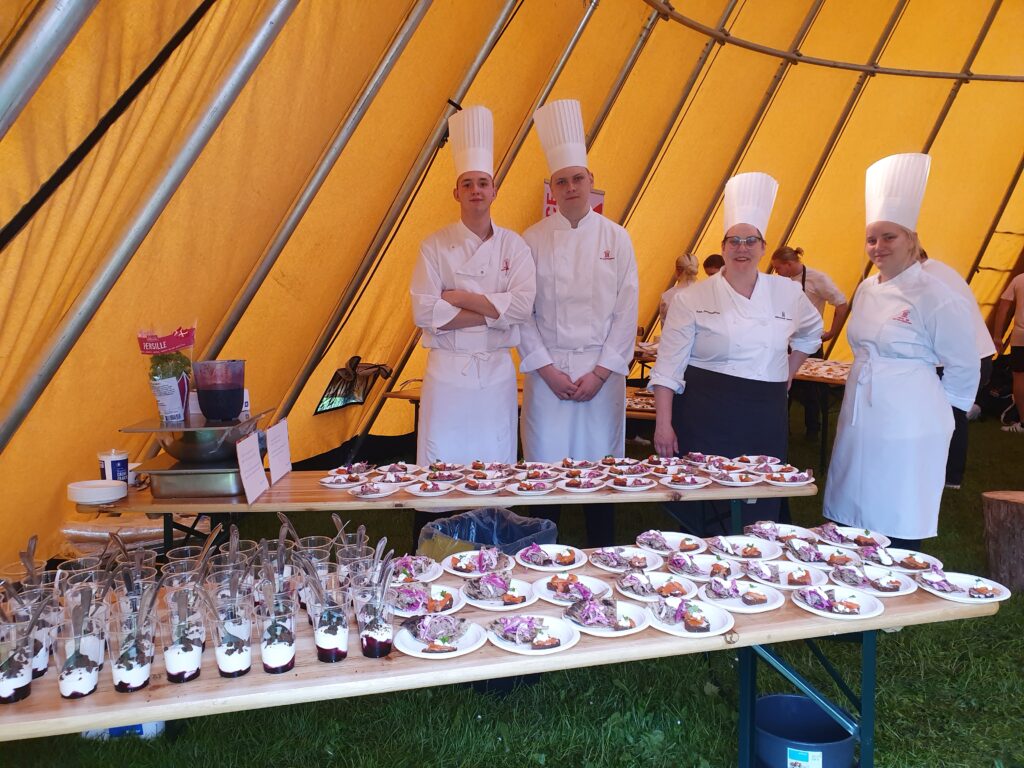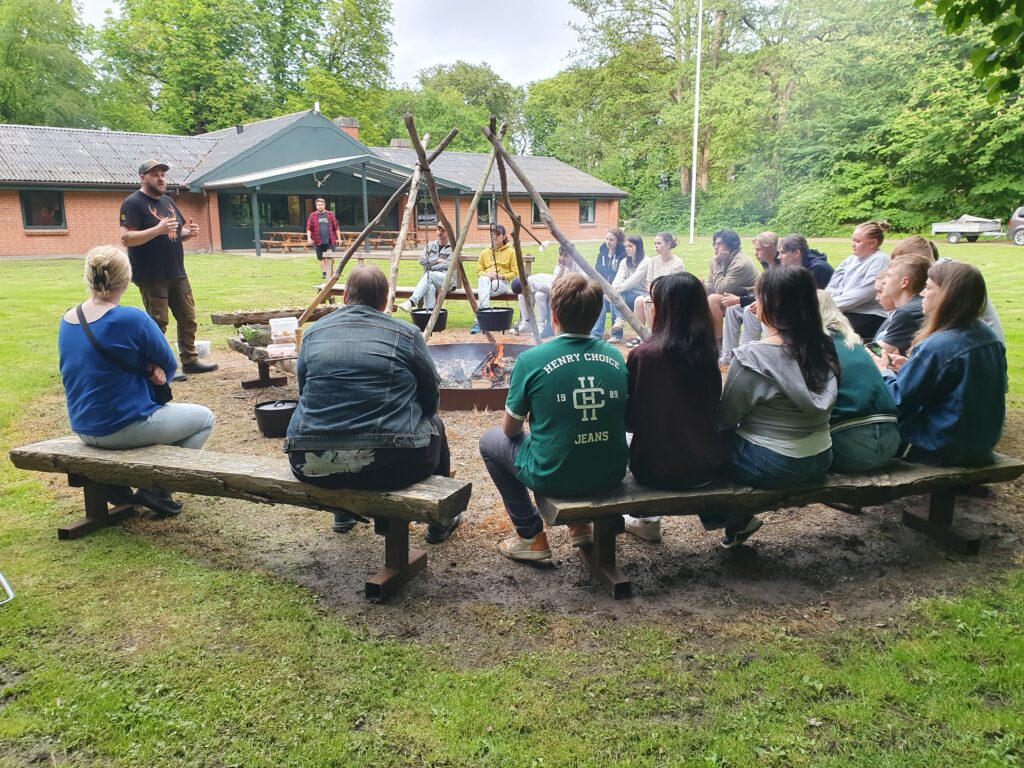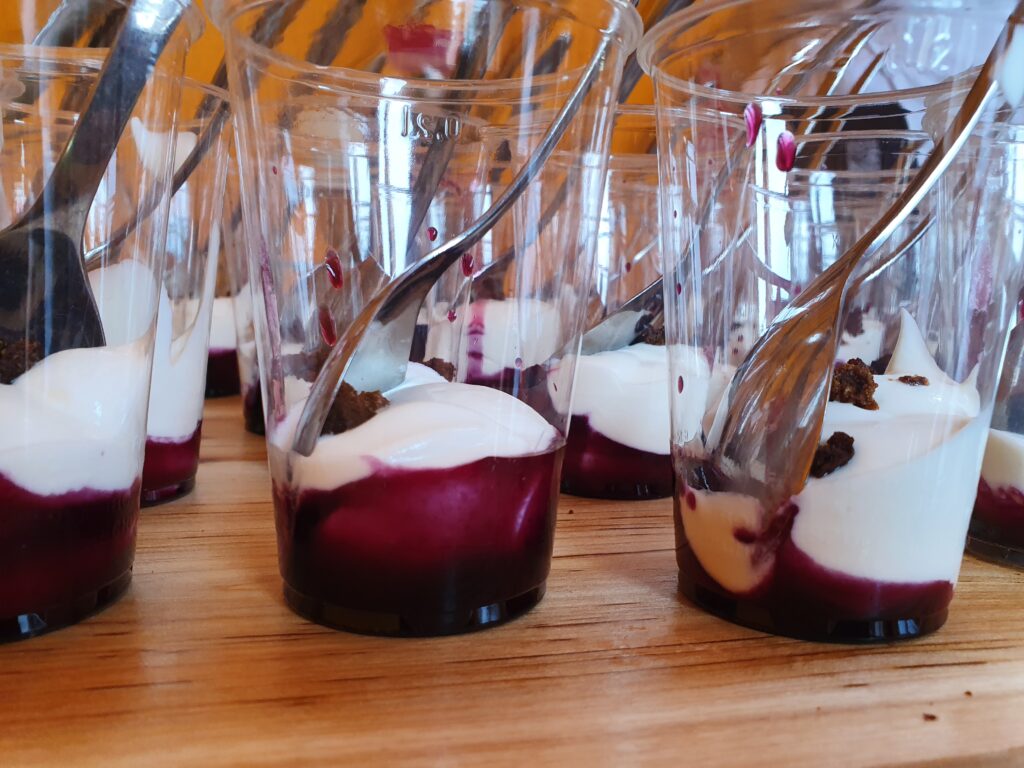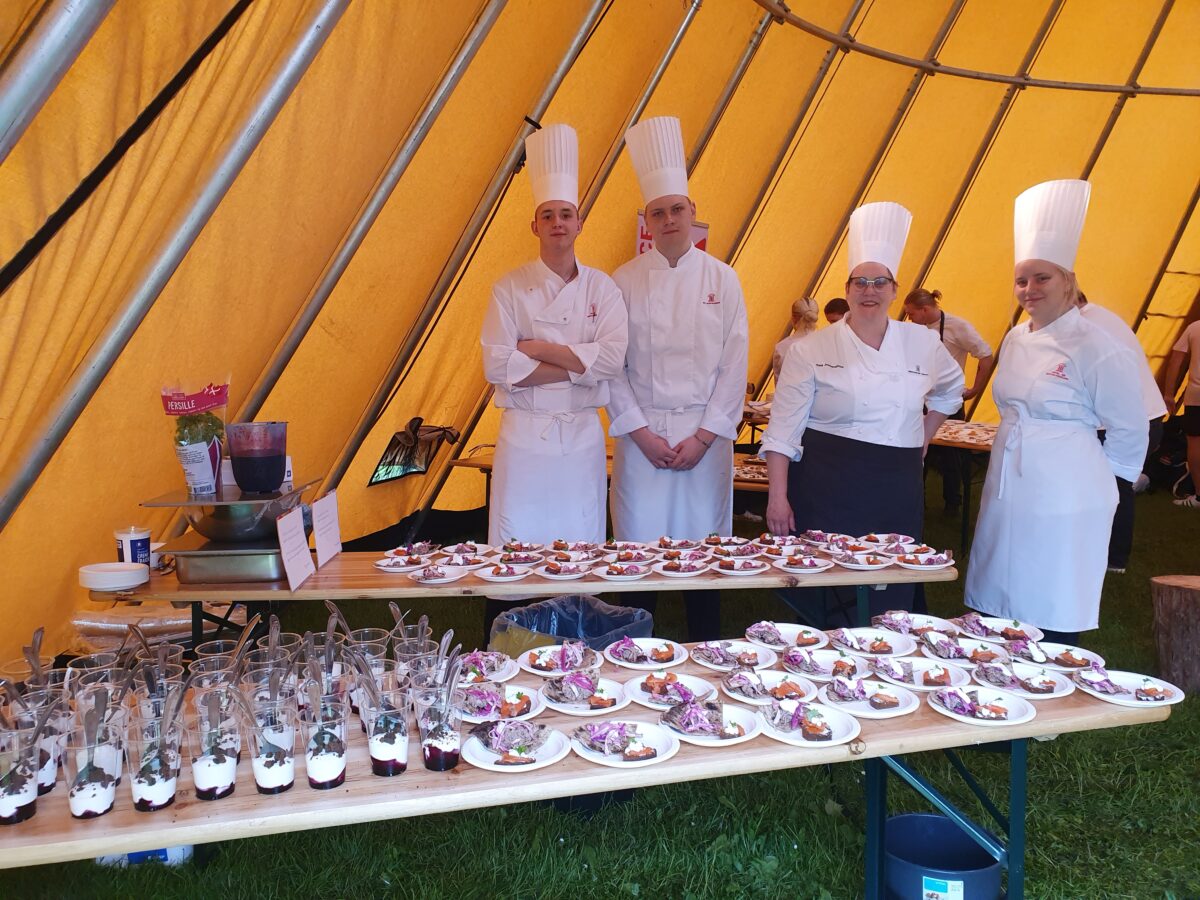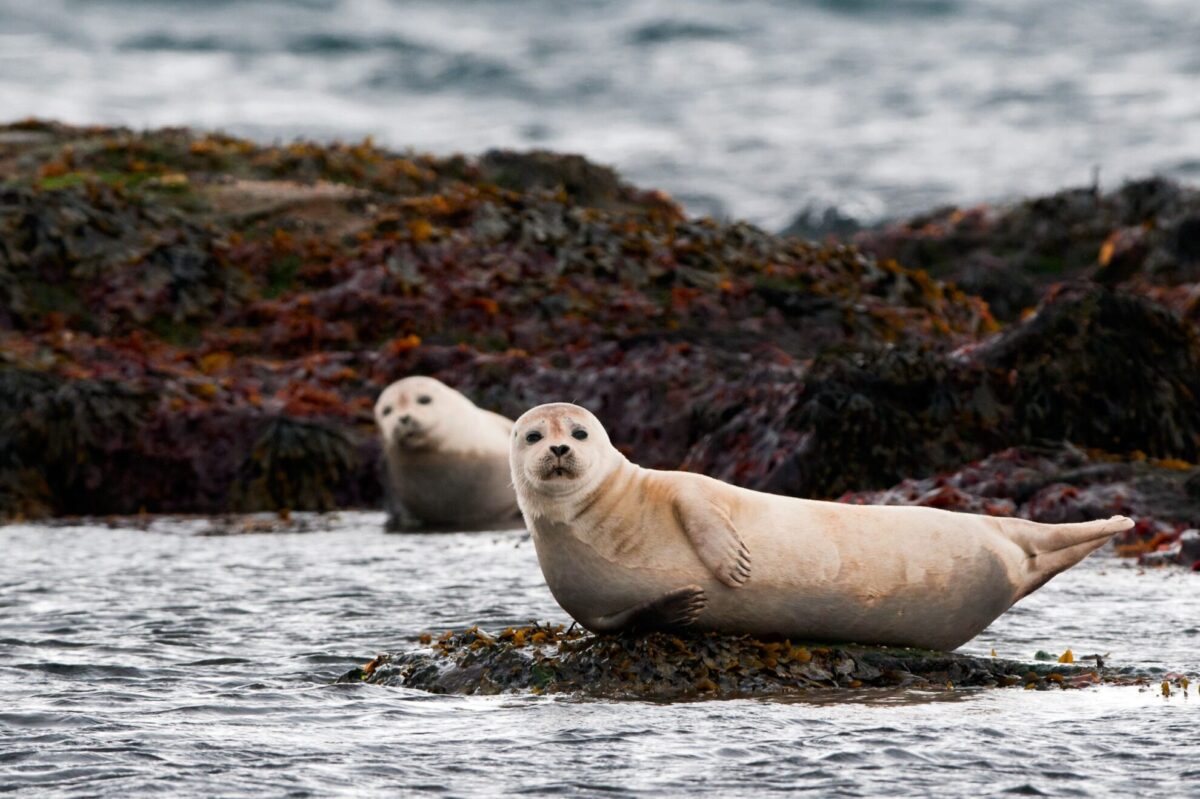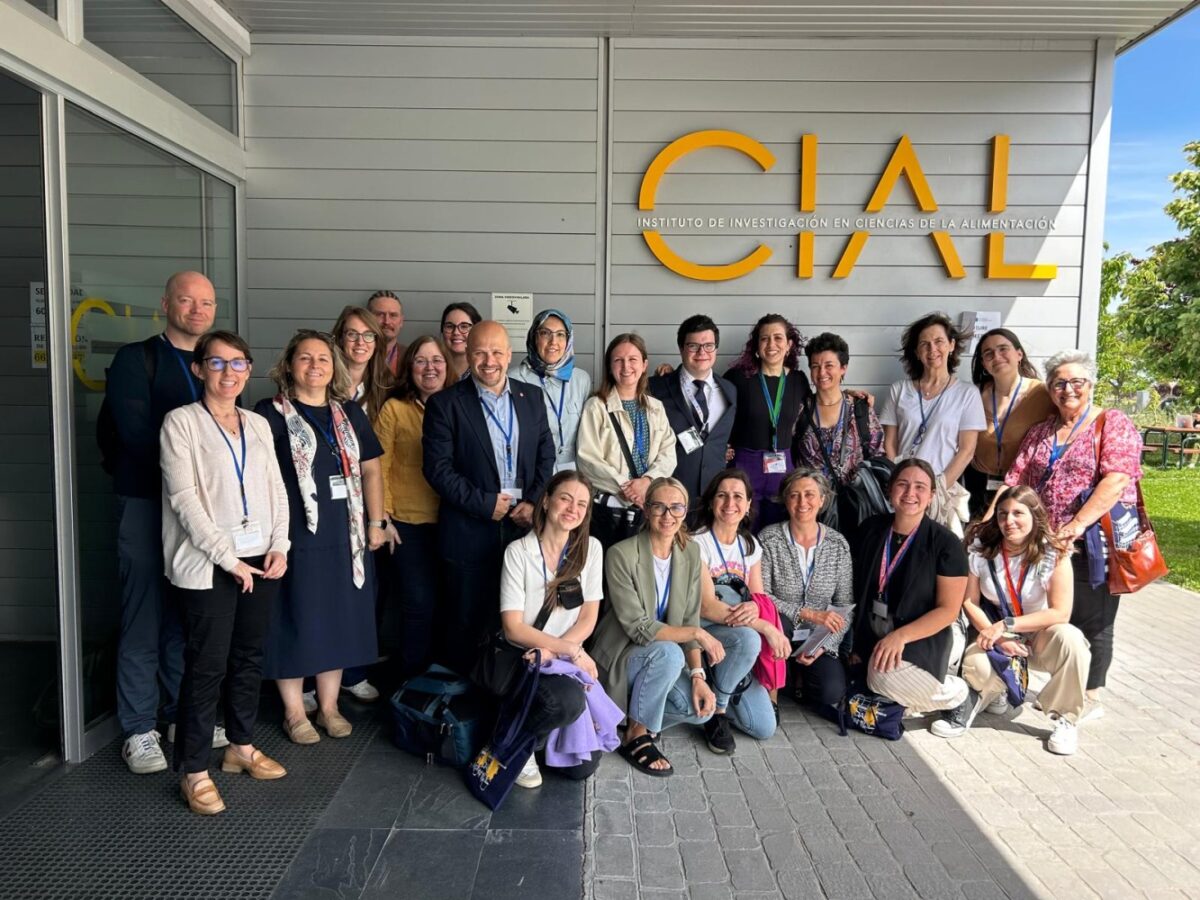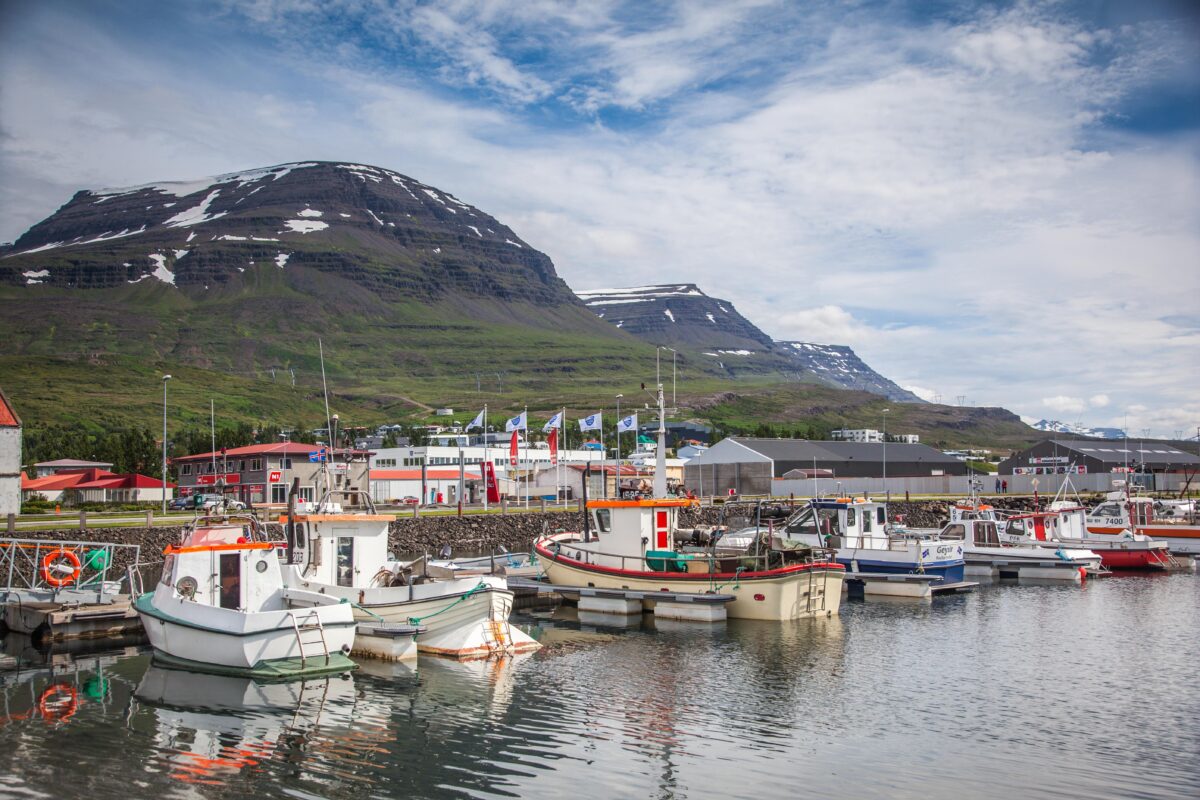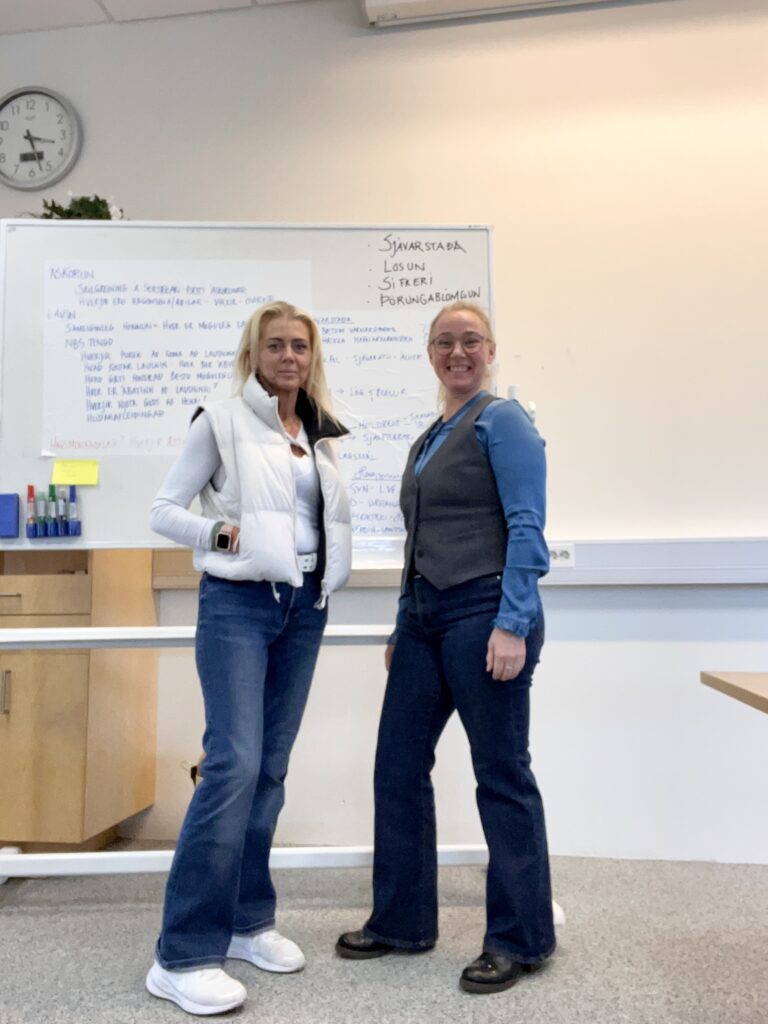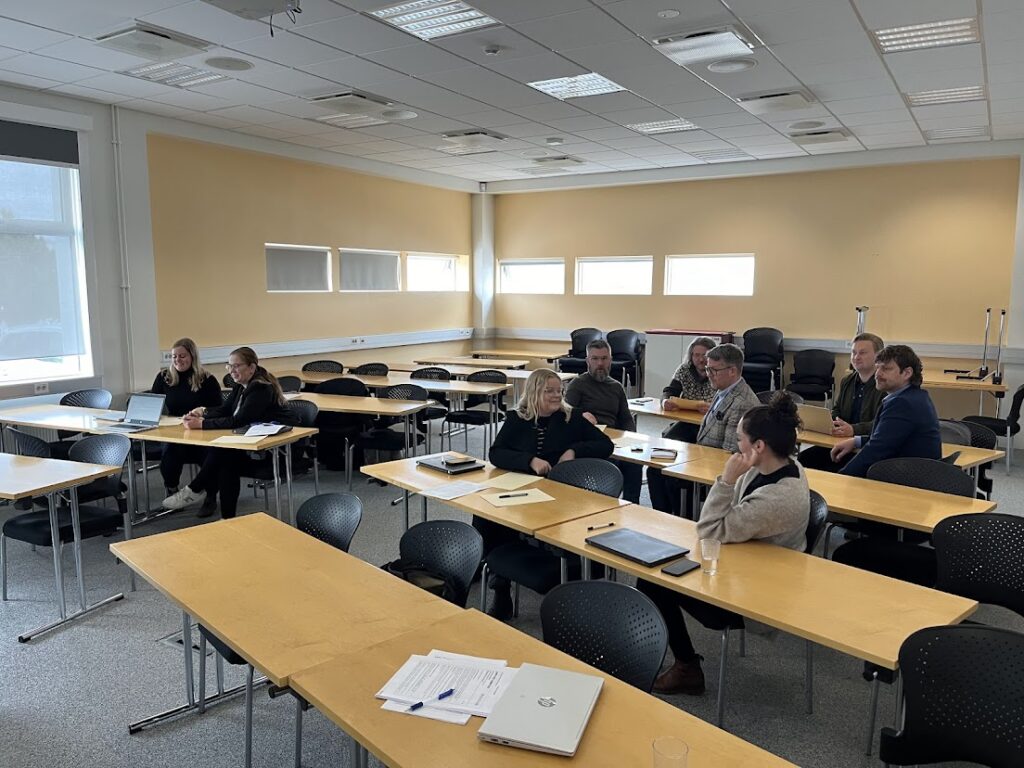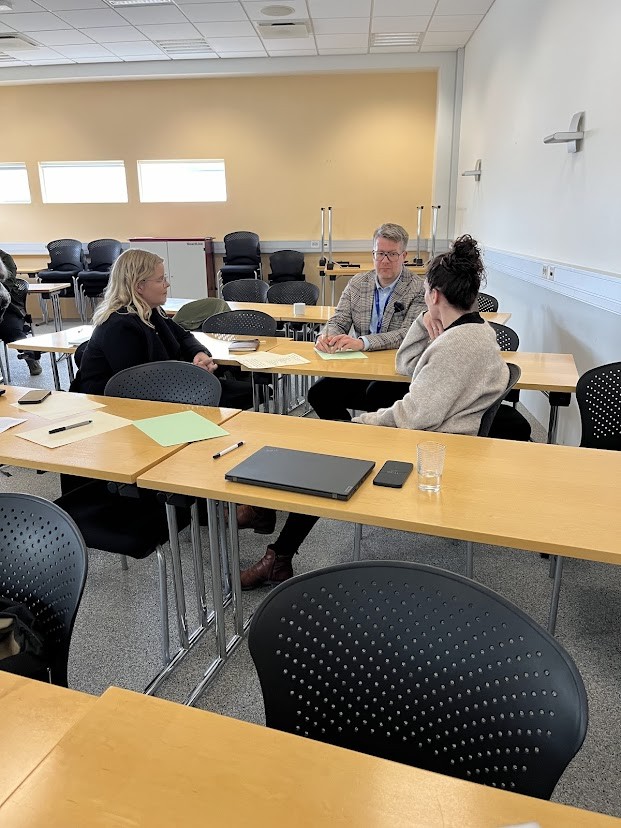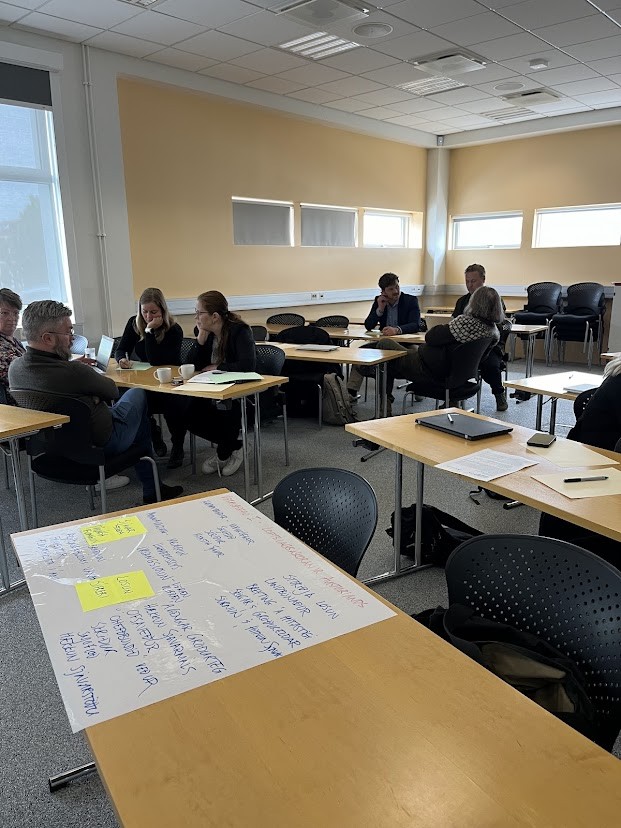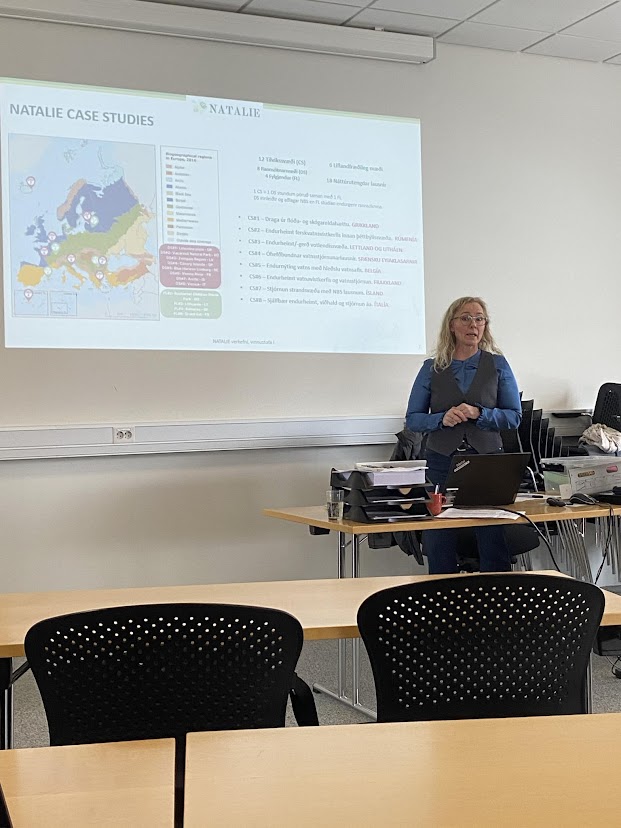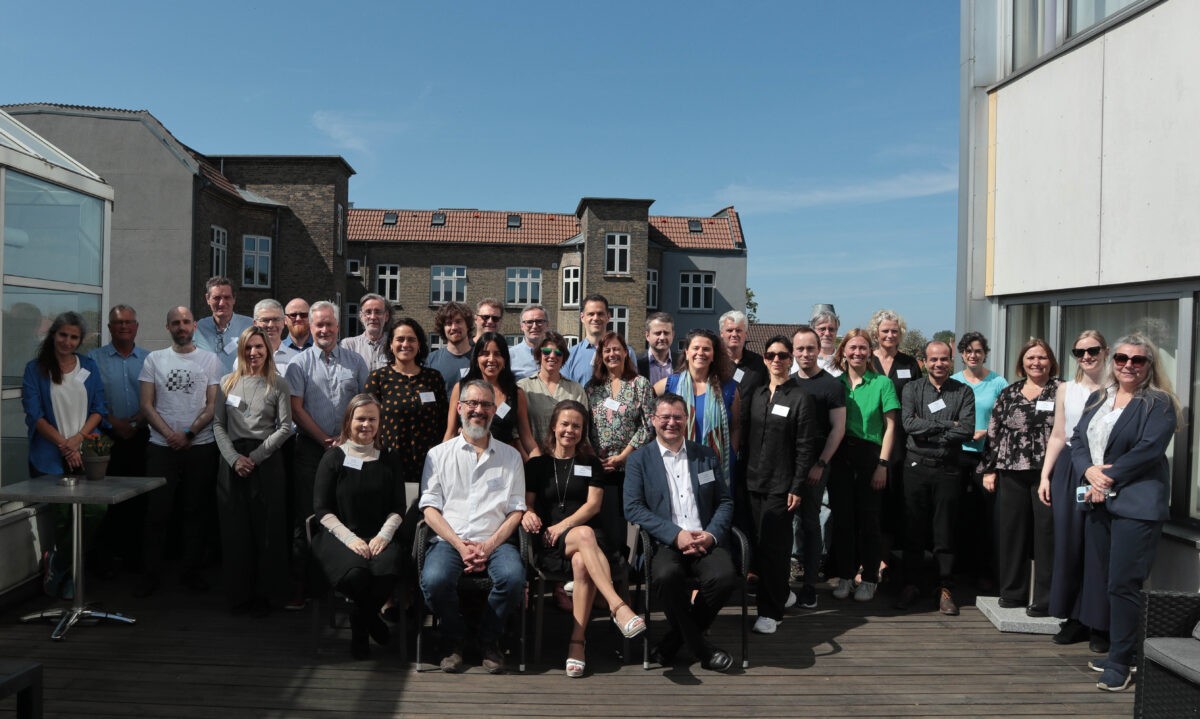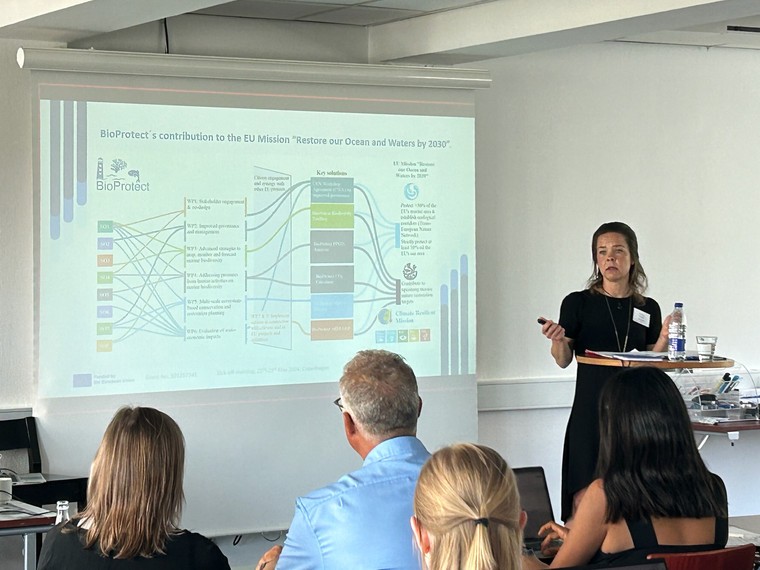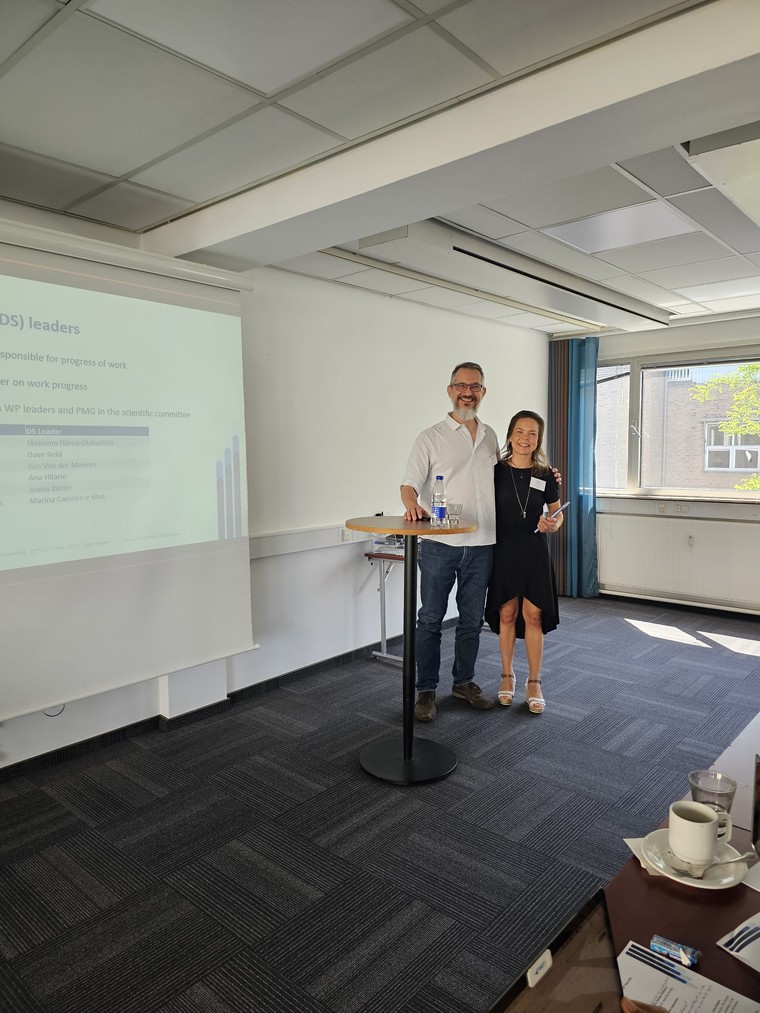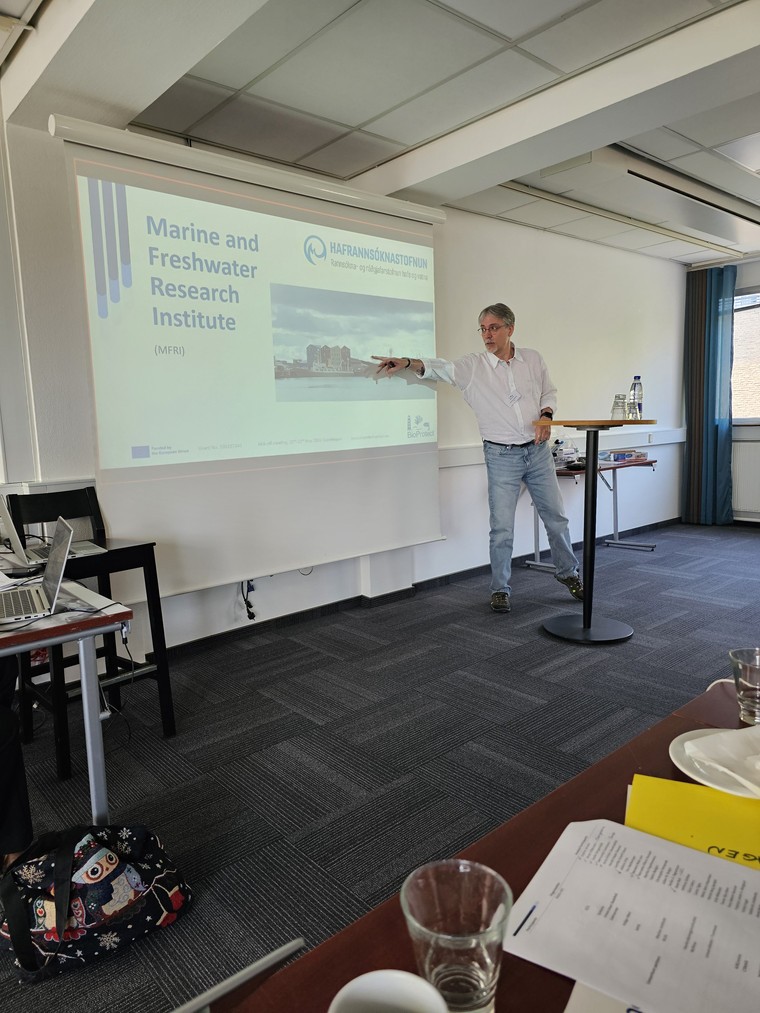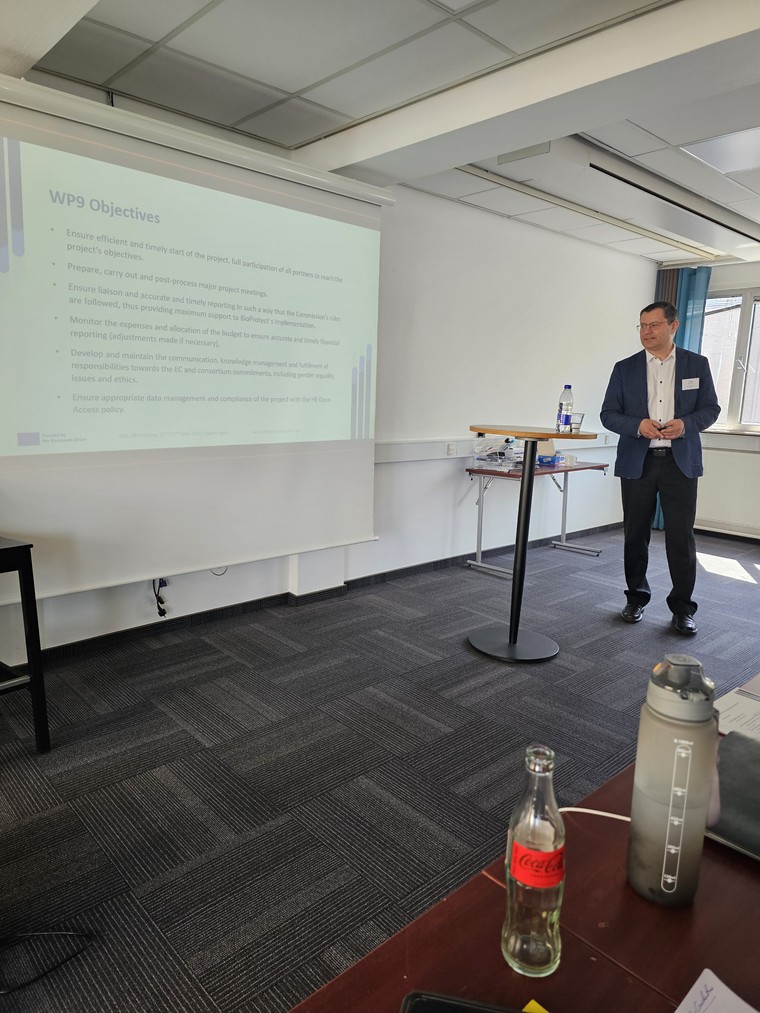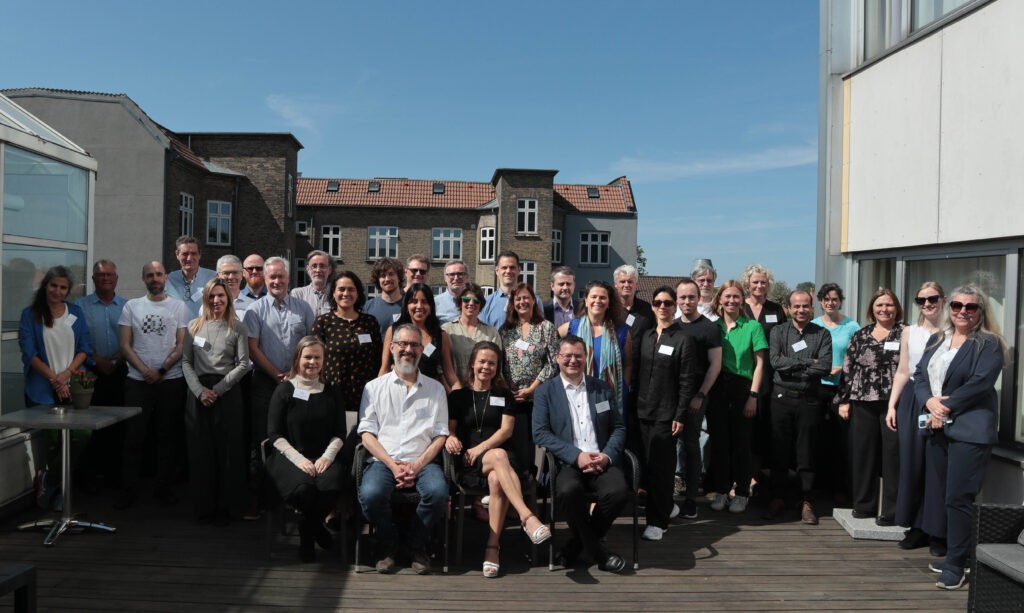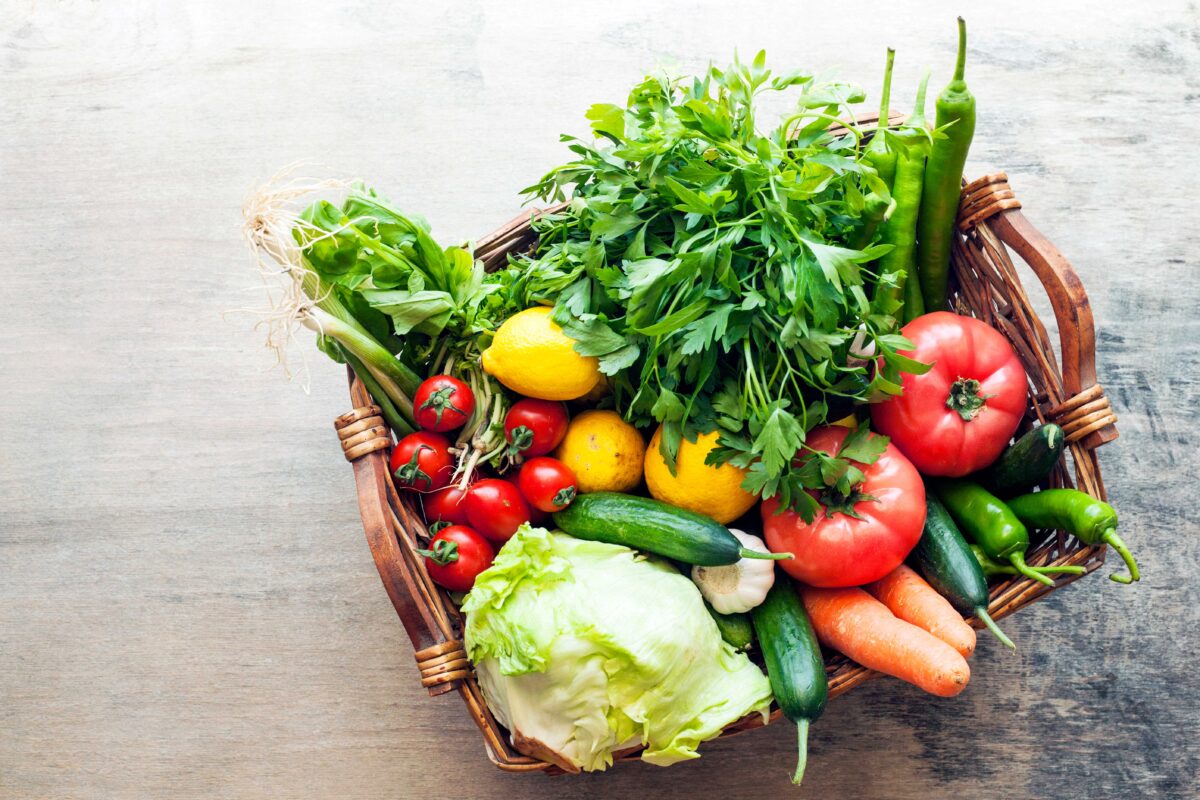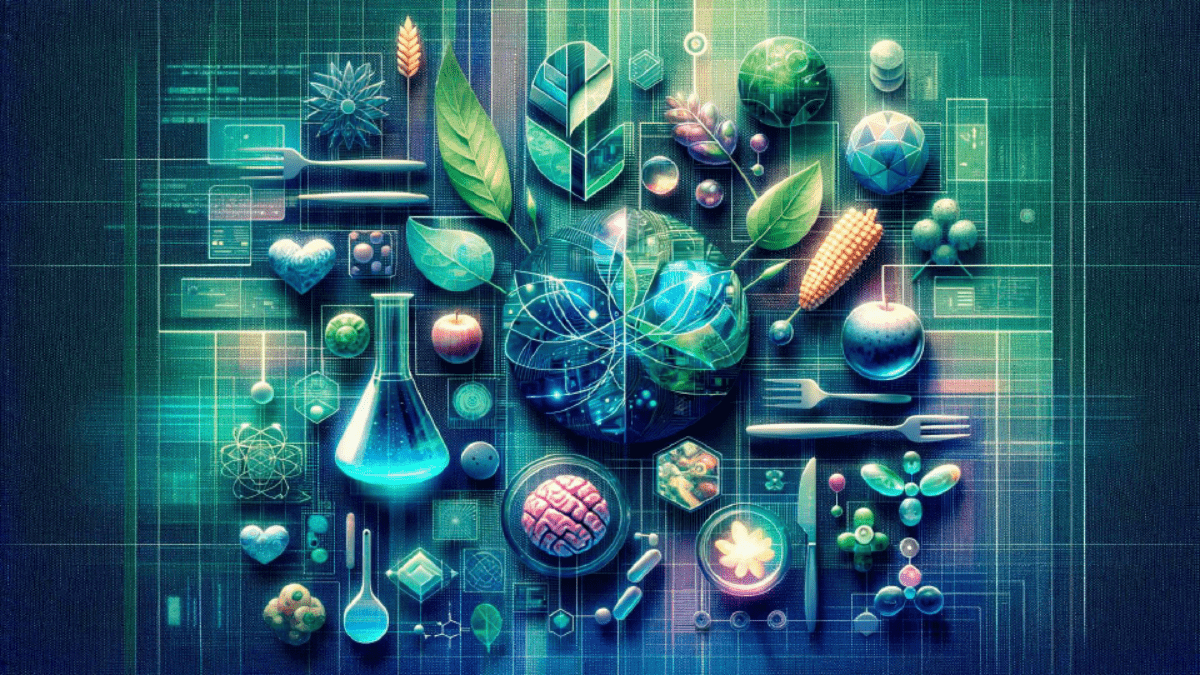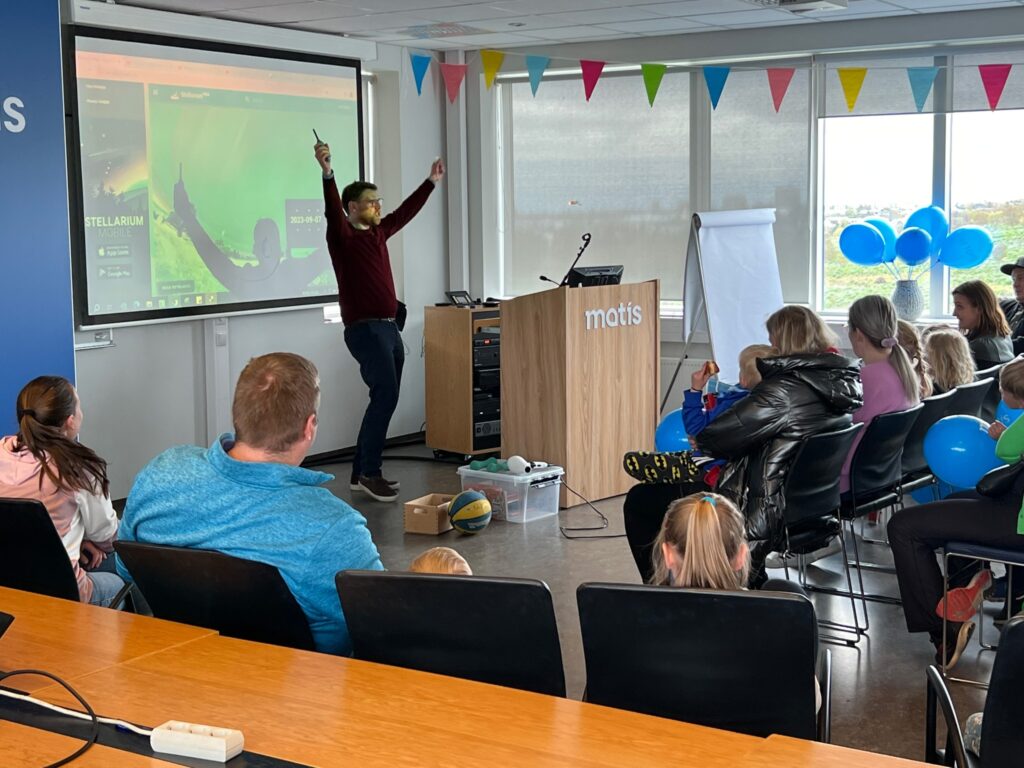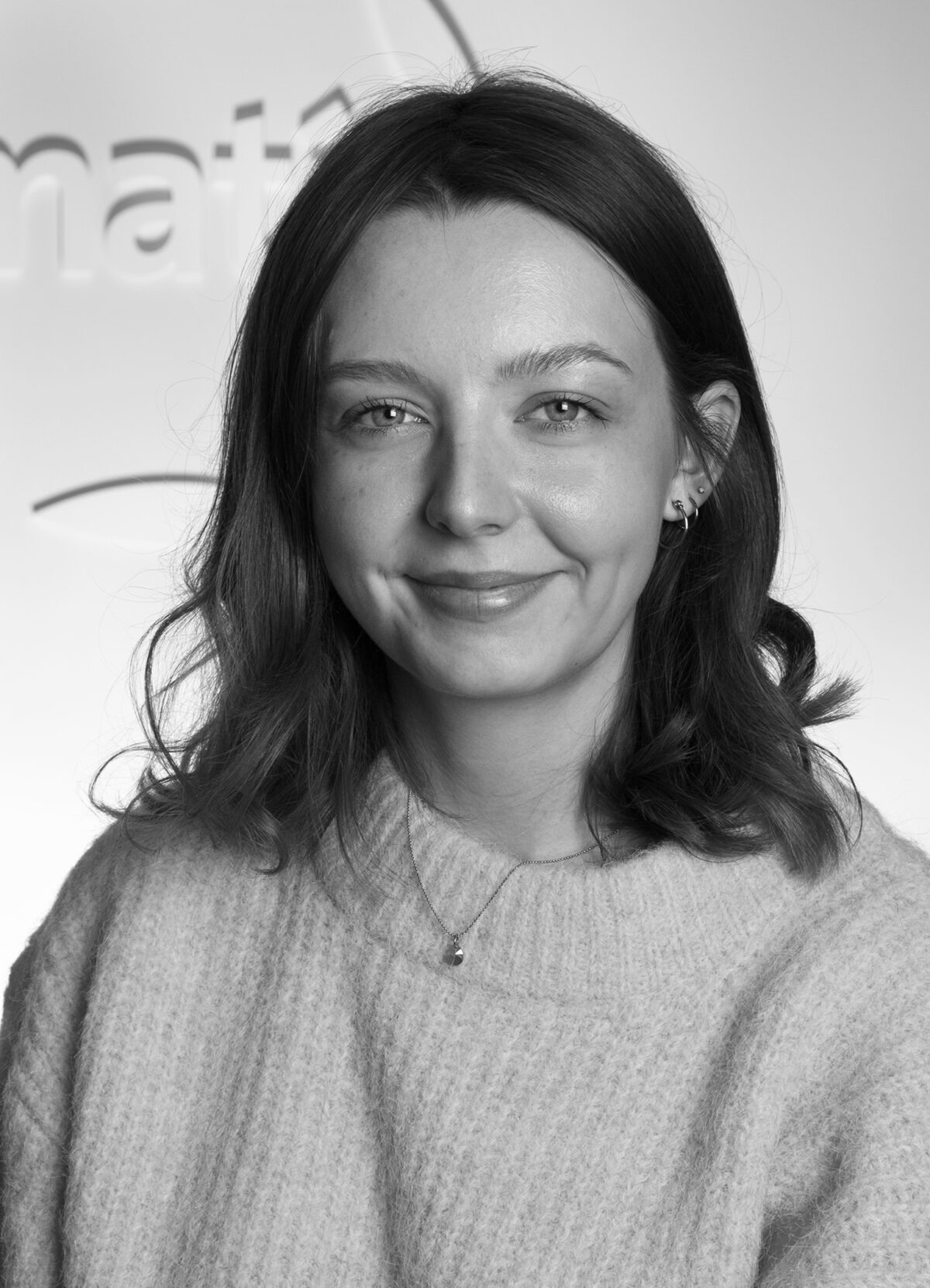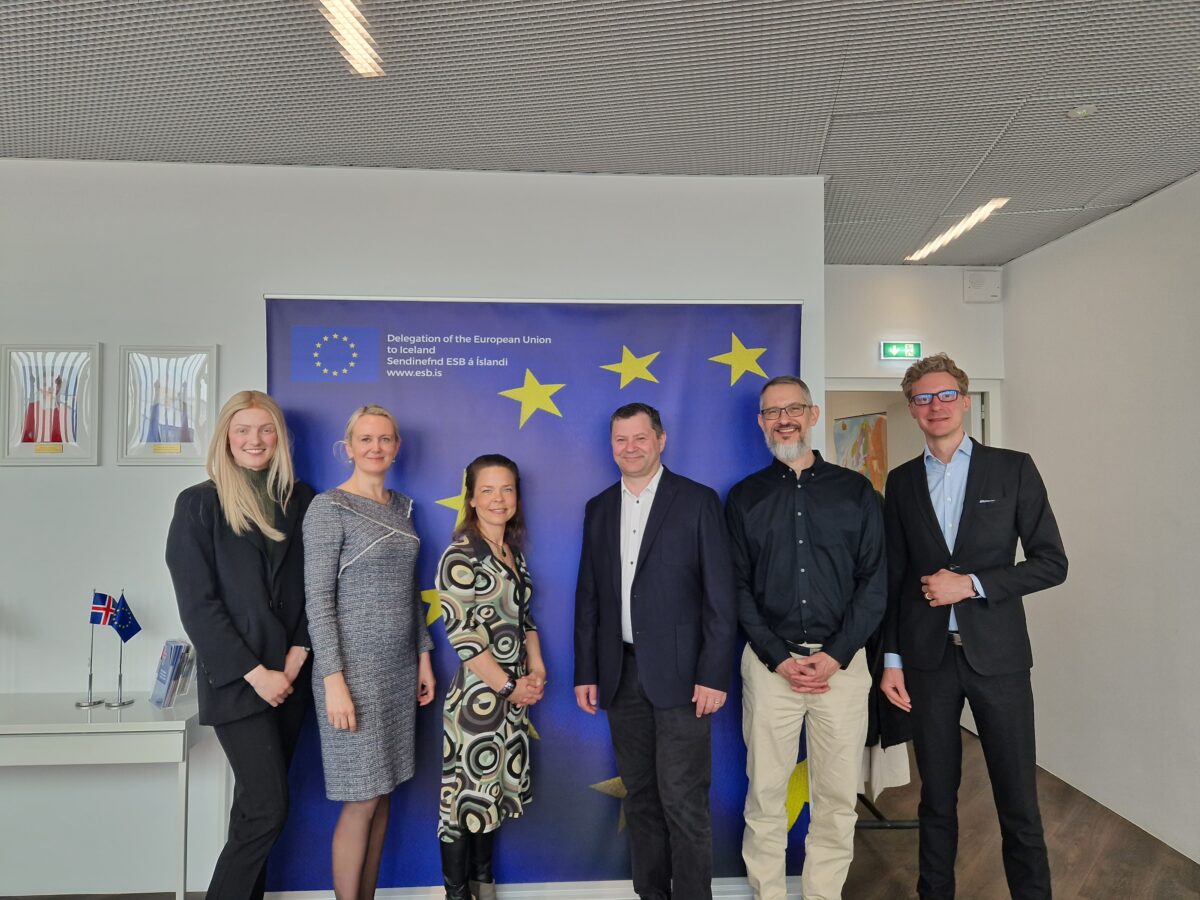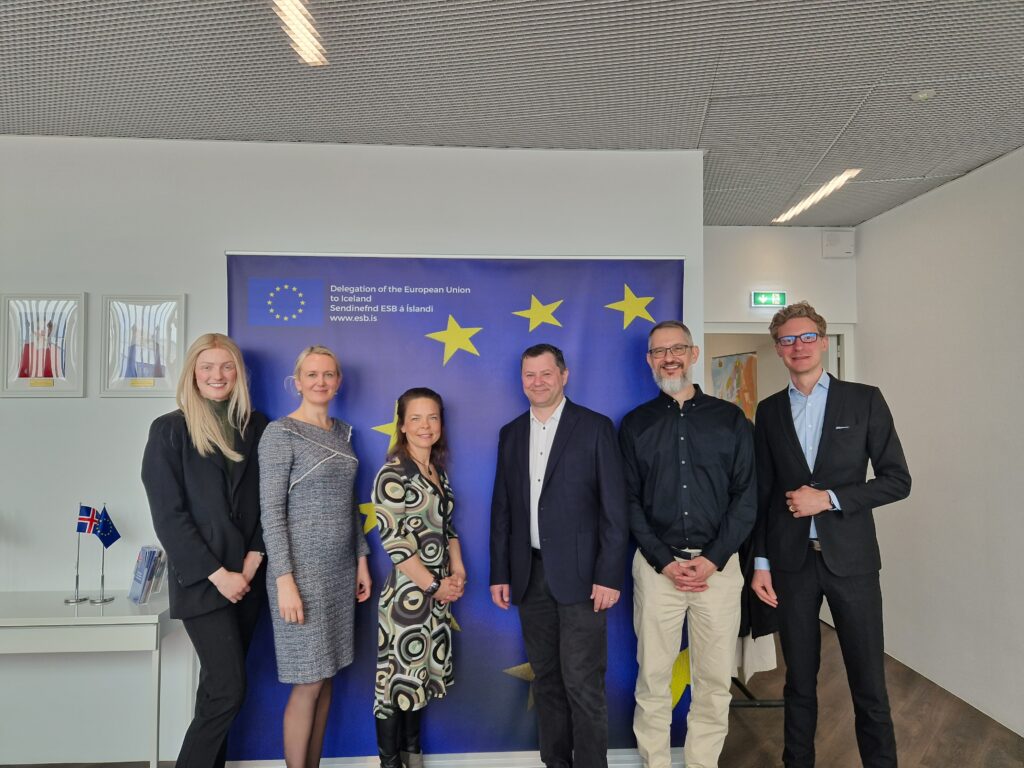The research & networking project Nordic Seals, or "Nordic network on seal populations in the North Atlantic and adjacent waters", led by Matís, recently came to an end. The project was supported by the Nordic Council of Ministers' working group on Nordic cooperation in fisheries and aquaculture AG fisk.The main goal of the project was to establish a network of stakeholders involved in research on seal populations, and those affected by seals in the area. Thereby facilitating and promoting an active conversation between key stakeholders regarding the distribution and socio-economic impacts of seals on the environment and communities in the North Atlantic, including on fisheries and aquaculture.
Seal hunting was an important industry in many parts of the Nordic countries for centuries, as sealers from Norway, Finland, Greenland, Denmark, Iceland, Russia, and Canada hunted hundreds of thousands of seals every year. This industry came under severe criticism in the 1970s and 1980s, when animal welfare began to take a bigger place in the discussion about the exploitation of wild animals. By the turn of the century, seal hunting had become politically unacceptable, which affected the markets for the products and led to the eventual end of commercial seal hunting. Seal hunting in the N-Atlantic has now been almost non-existent for over two decades. But what effect has this change in the exploitation of seal populations had on the ecosystems and the socio-economic landscape of those affected by changes in the size and distribution of seal populations?
Since the Nordic Seals network was established in 2021, it has collected, analysed and shared information about seal populations in the Nordic regions, and their impact on the ecosystem and human society, for example by:
- collecting information on seal populations and their distribution in the N-Atlantic, Arctic and adjacent water (e.g. North Sea, Baltic Sea, Skagerrak, Kattegat, etc.),
- analysing the possible impact of seal populations on the ecosystem, and studying ongoing initiatives to quantify and assess those impacts,
- analysing the effects of seal populations on the Nordic fishing industry,
- studying available alternatives to control seal populations, including sustainable utilisation,
- identifying and exploring potential products and markets for seal products, while considering barriers such as animal welfare, policy and political correctness, food safety and toxins.
The main results of the aforementioned work can now be seen in the recently published report, which can be accessed here.
Other important products of the project are the following:
In the abstract of the final report of the project it is stated that:
As several seal populations have grown in the North Atlantic, Arctic, and adjacent waters, they have become a controversial topic with fishermen and other stakeholders within seafood value chains who claim that they negatively affect commercial fish stocks, catch, product quality and economic viability of the fisheries. Many scientists and conservationists have on the other hand pointed out the lack of understanding of the functioning of seals in the ecosystem. Although seals are known to feed on commercial fish species, research on their effect on fish size and age distribution of prey populations, as well as stock size, is incomplete. More knowledge on the role and effects of seals in the ecosystem is therefore needed.
As some seal populations still suffer from hunting that took place in the past, decisions on seal management must be well founded. Bycatch of seals is today the main threat to seal populations in many areas, which must be taken seriously.
Depredations and damage to fishing gear and fish farms caused by some species of seals is well documented. The exact ecological and economic impact of these is however largely unknown. There are ongoing initiatives that aim to fill in these knowledge gaps, but results are largely lacking. The issue of nematode roundworms that are parasites causing quality defects in commercial fisheries, which seals play a major role in distributing as hosts, has been a concern for fishermen. Controlling seal populations was in the past believed to be important to limit nematode distribution and therefore considered vital to safeguard the economic viability of the seafood industries in the North Atlantic.
Research show that the seal species in the N-Atlantic and adjacent waters need to eat a biomass corresponding to 4-6% of their body weight per day to sustain themselves. The number of seals in the area has now reached about 14 million individuals, and therefore it is likely that their consumption of biomass is about three times that of human fisheries in the area. But as mentioned before, knowledge of the effects of seals on the ecosystem and commercial fish species is incomplete.
Seals have a long history as an important food source. Seal meat is nutritious and full of important amino acids, vitamins, and minerals. But they also contain food safety threats, such as nematode ringworm parasites, and bioaccumulated trace elements. The import bans on seal products imposed by the US and EU have made any kind of trade in seal products difficult. But as some seal populations grow in certain areas, the question on potential utilisation becomes more pressing. To answer that question there is a need for more research to better understand the role of seals in the ecosystem, and on how to produce sustainable, safe and stable food or feed ingredients from seals.
